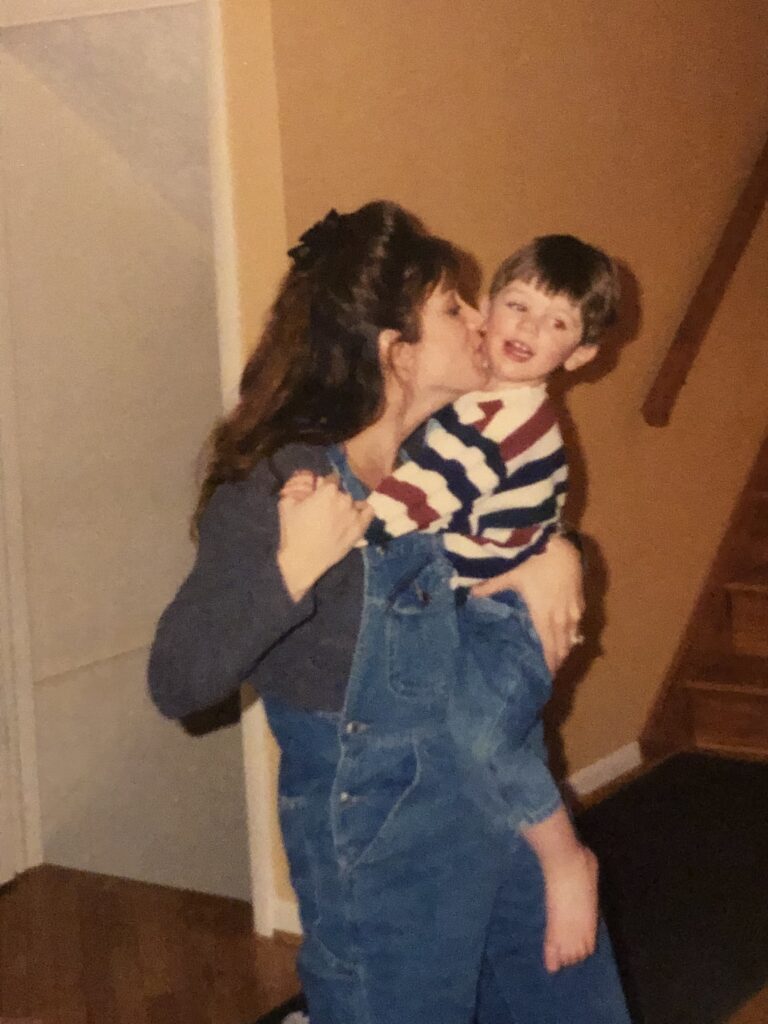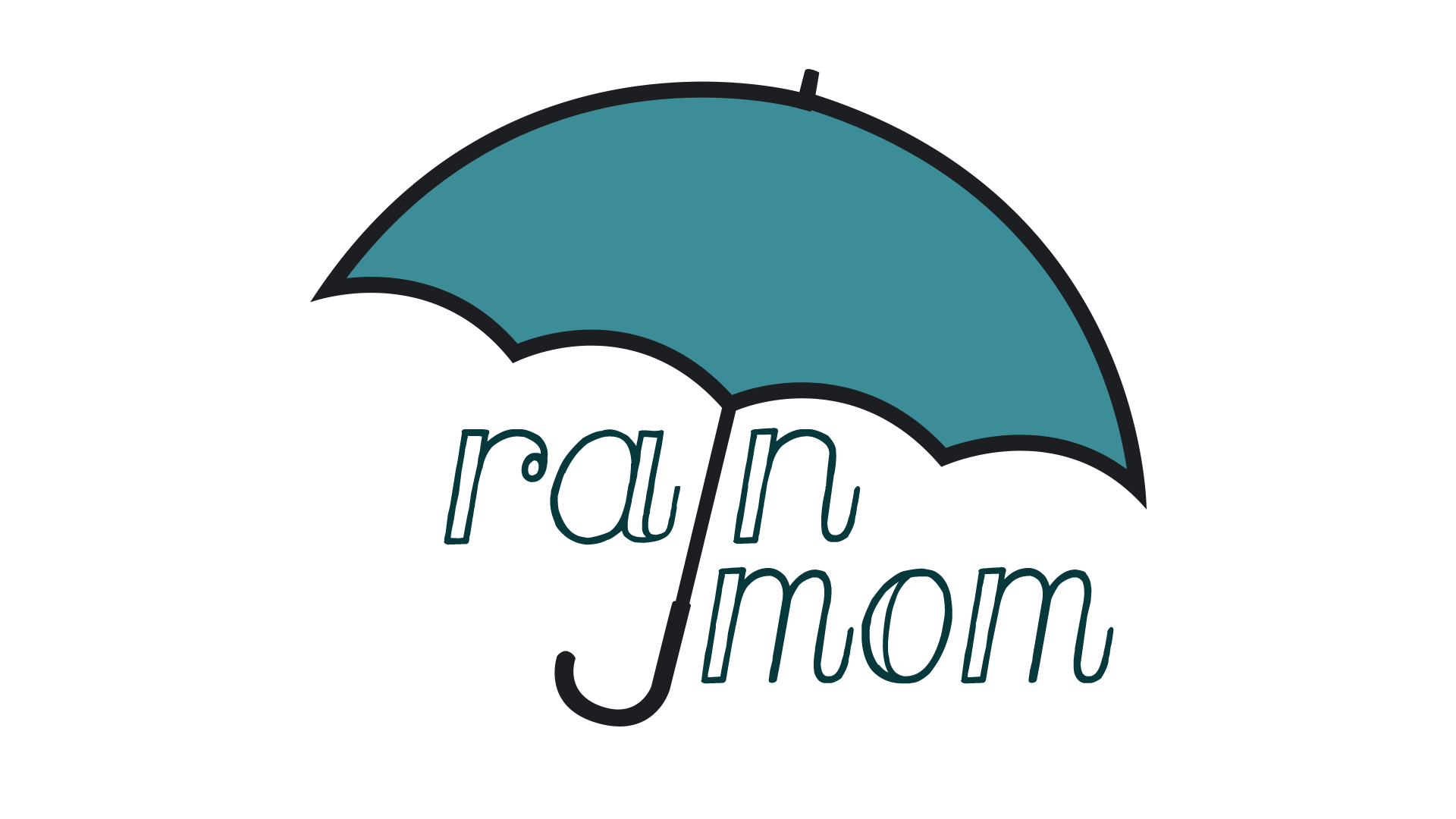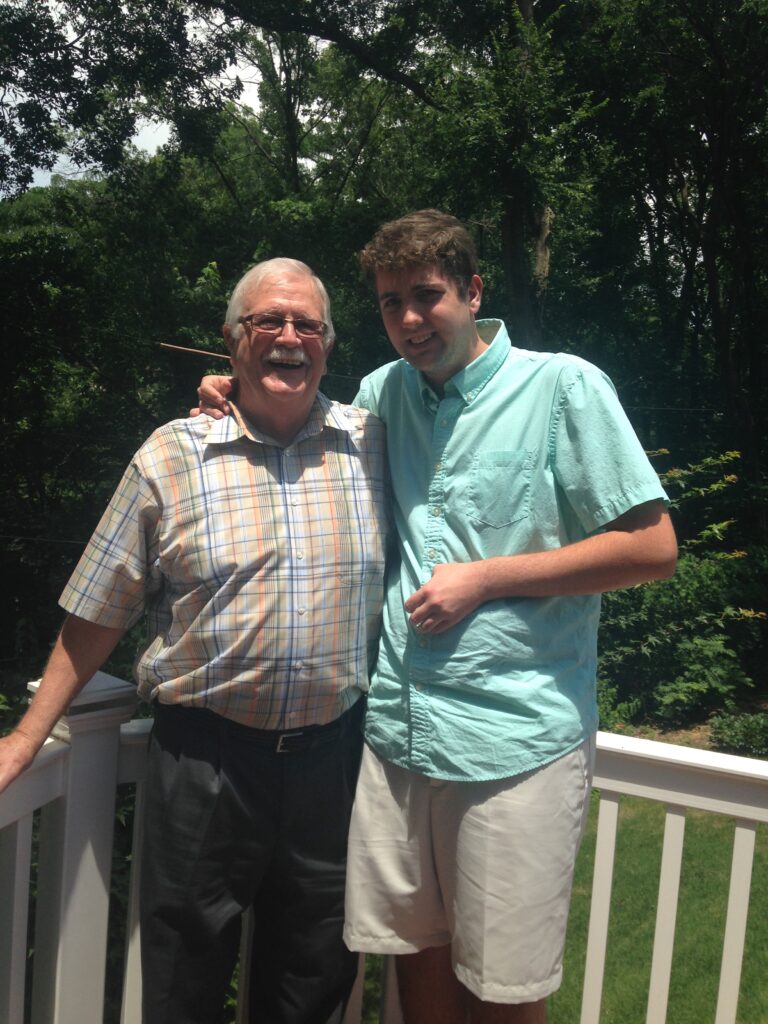
Designing The Best Vehicle For Autism
By Kristi | Published | No Comments
It’s exciting and fun to pick up a brand new car, as I did last week. All shiny and new right off the sales floor waiting for you to hop in and drive. However, attempting to familiarize yourself with all the features, operations and newest technology requires assistance from the owners operating guide. I sat there for quite some time looking at the very thick book and realized there was much to learn. For whatever reason I thought to myself, how nice it would have been if I had received something similar when my son was diagnosed with autism. How the journey with autism resembles all the intricacies and details of my new operating manual. Then it dawned on me, I’ve been compiling one for the last 25 years.
When our children are diagnosed, nobody hands you the step by step manual on autism. Yes, thanks to the internet and countless parents and advocates there is an abundance of information. Deciphering it and whether or not it applies to your model, that’s a different story. For the most part we are left to our own devices, motoring through mountains of research everything and anything from experts to parents, trying to find the road home.
What might a manual for autism look like? I believe it starts with you. After all, this is your vehicle and the manual should support your journey. Personally, I’d like to revise mine. Why do you ask? I think it’s safe to say that much of what I learned back in 1998 is in many ways obsolete. Similar to an older car, the newer ones replace them with advanced technology, improved performance and updated options. Or worse, they replace flawed technology that has made the older model unsafe to operate.
For example, some theories and practices regarding autism have come under question and scrutiny. Ones that were touted to assist, support and improve the lives of autistics are criticized for causing bias, ignorance and even harm. Non-autistic experts proclaim to understand what is best for autistics and their families. Some of that advice was and is now unwelcome or ineffectual. The important piece is recognizing what serves and supports and what does not.
No matter how beautiful that car appears from the outside, it’s not going to take us very far if the integrity of the chassis isn’t sound. If we use the wrong gas or fail to keep up with routine maintenance, ignore safety recalls or take someone else’s word that they know our car better than we do. And while our children are not automobiles, the analogy stands true. We are with our children every day and we know more about them than we sometimes realize or give ourselves credit for. More importantly, we are writing the manual every single day– updating as we go.
The children diagnosed today will encounter a different world than my son and I did 25 years ago. I think as with any manual it’s important to remember the basics and to recognize we are constantly changing and evolving and so is autism for each and every one of our children. Each model comes with their own design, drivetrain, model, trim package, and everything in between. While some of the basics have stayed the same it’s now more apparent that relying on an owners manual from 20 years may not get you very far.
What will keep you going is research and information. It will direct you to building your own personal manual. Finding the right resources for your child and yourself can be overwhelming, but I will tell you after 25 years. I am still researching and I will continue to do so. Just because my son is now an adult does not mean that what served him as a child now supports him as an adult. In some ways autism is very much like a new car and keeping up with technology. It requires ongoing research and upkeep, as well as continuing education. Times, situations and opportunities change. And while autism fundamentally doesn’t change everything else around it often does, in turn affecting outcomes. So as we construct this life manual we must be able to adapt and help our children acclimate to a very chaotic and ever-changing world.
I’m very much a planner and I’ve mentioned that before in previous blogs. I would rather have a plan, and never use it, then fail to make one and not have anything to fall back on in a crisis or times of uncertainty. So what would I and have I included in my own autism manual? Well, I’ll start by saying it makes my new car reference guide look like a leaflet! However, to date it looks something like this: All about Jonathan, autism– the early years, education, advocacy and research, strategies and interventions, behavioral, social, communication, vocational and the adult years. Currently I’m working on advice from autistics, as Jonathan ages and planning a future without his parents. The latter is hard to think about but must be prepared for as well and very carefully. It will be our last chapter together to ensure all has been done to make the remainder of his life as happy, loving and supportive as possible.
There’s much ground to cover and many details for each part of the manual. So in the weeks to follow I will address each individually in upcoming blogs.
Life with autism doesn’t come with a manual. What it does come with is that wonderfully unique individual who challenges our perceptions, understanding and at times our patience. Who teaches more about love and acceptance often without words and in ways we never could have imagined. Opens our eyes and hearts to a world we don’t recognize but exists for them every day. They are the driving force behind our own personal journey with them.
All we need to do is keep the manual in the glove box and go for a spin.






Leave a Reply